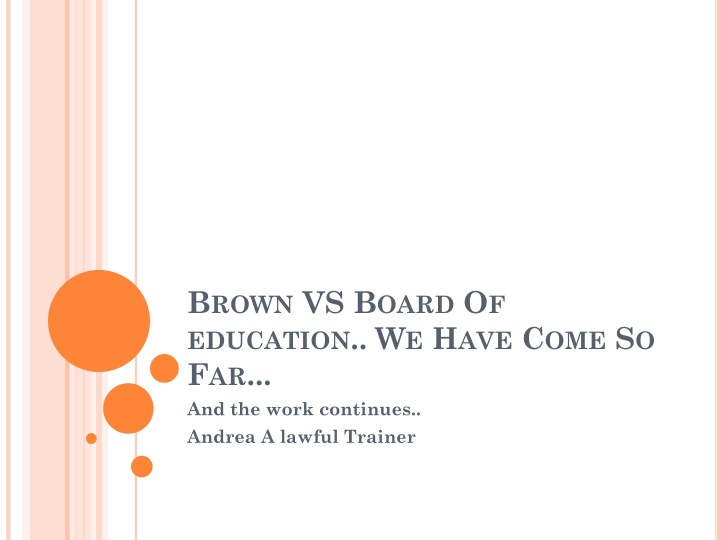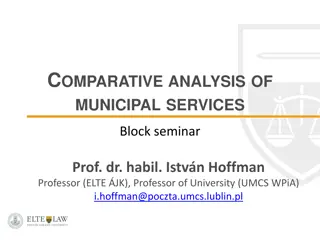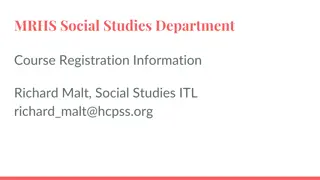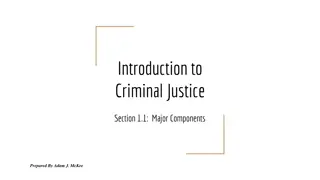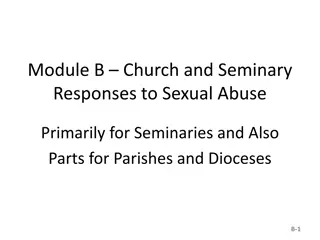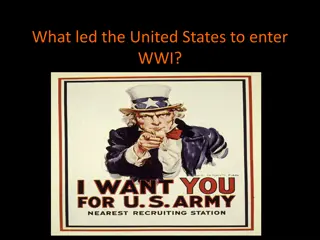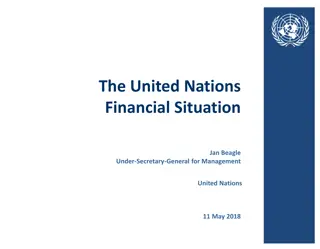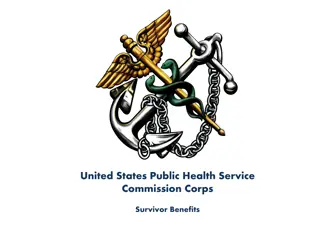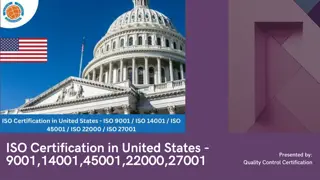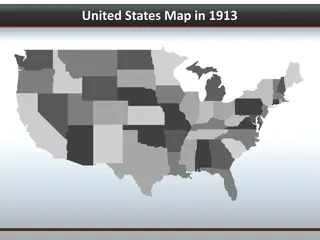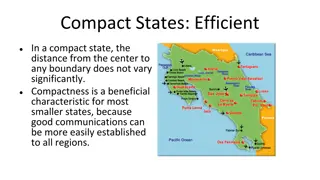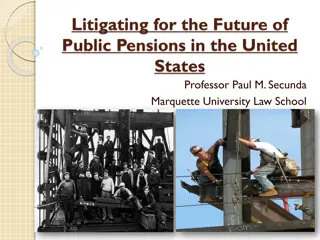Evolution of Public Education in the United States
The evolution of public education in the United States dates back to 1647 when Massachusetts Bay Colony decreed elementary and Latin schools. From Thomas Jefferson's two-track system to the abolition of segregation in Brown v. Board of Education in 1954, the journey has been marked by milestones like the formation of the first Board of Education in 1837 and the establishment of free public schools. Despite progress, challenges with equality and segregation persist to this day.
Uploaded on Sep 13, 2024 | 1 Views
Download Presentation

Please find below an Image/Link to download the presentation.
The content on the website is provided AS IS for your information and personal use only. It may not be sold, licensed, or shared on other websites without obtaining consent from the author.If you encounter any issues during the download, it is possible that the publisher has removed the file from their server.
You are allowed to download the files provided on this website for personal or commercial use, subject to the condition that they are used lawfully. All files are the property of their respective owners.
The content on the website is provided AS IS for your information and personal use only. It may not be sold, licensed, or shared on other websites without obtaining consent from the author.
E N D
Presentation Transcript
BROWN VS BOARD OF EDUCATION.. WE HAVE COME SO FAR... And the work continues.. Andrea A lawful Trainer
HOW PUBLIC EDUCATION BEGAN... 1647 The General Court of the Massachusetts Bay Colony decrees that every town of fifty families should have an elementary school and that every town of 100 families should have a Latin school. The goal is to ensure that Puritan children learn to read the Bible and receive basic information about their Calvinist religion.
1779 Thomas Jefferson proposes a two-track educational system, with different tracks in his words for "the laboring and the learned." Scholarship would allow a very few of the laboring class to advance, Jefferson says, by "raking a few geniuses from the rubbish. 1790 Pennsylvania state constitution calls for free public education but only for poor children. It is expected that rich people will pay for their children's schooling.
1805 New York Public School Society formed by wealthy businessmen to provide education for poor children. Schools are run on the "Lancasterian" model, in which one "master" can teach hundreds of students in a single room. The master gives a rote lesson to the older students, who then pass it down to the younger students. These schools emphasize discipline and obedience qualities that factory owners want in their workers.
1817 A petition presented in the Boston Town Meeting calls for establishing of a system of free public primary schools. Main support comes from local merchants, businessmen and wealthier artisans. Many wage earners oppose it, because they don't want to pay the taxes. 1820 First public high school in the U.S., Boston English, opens. 1827 Massachusetts passes a law making all grades of public school open to all pupils free of charge.
THE FIRST BOARD OF EDUCATION WAS CREATED... In 1837 and the State of Massachusetts has the oldest B.O.E. In the United States
1954 Brown v. Board of Education of Topeka. The Supreme Court unanimously agrees that segregated schools are "inherently unequal" and must be abolished. Almost 45 years later in 1998, schools, especially in the north, are as segregated as ever.
1968 African American parents and white teachers clash in the Ocean Hill-Brownsville area of New York City, over the issue of community control of the schools. Teachers go on strike, and the community organizes freedom schools while the public schools are closed.
1994 Proposition 187 passes in California, making it illegal for children of undocumented immigrants to attend public school. Federal courts hold Proposition 187 unconstitutional, but anti- immigrant feeling spreads across the country.
School Boards had to deal with many incidents since it s inception and while much has changed, each decade brings new opportunities and challenges.
SO WHERE DO WE FIT IN THE DECISIONS AND POLICY CHANGES OF TODAY? Race and ethnicity- ( Ferguson Missouri) School shootings ( Colorado) Suicide rates ( Pennsylvania) Changes in public education ( does there remain a need)
THESE ARE SCHOOL TEACHERS. WHAT IS THE MESSAGE HERE ?
Name some of the strides we have accomplished since Board vs.Ed. Where does the Board of Education fit within the school system of today? What can we do to improve/change what doesn t work?
